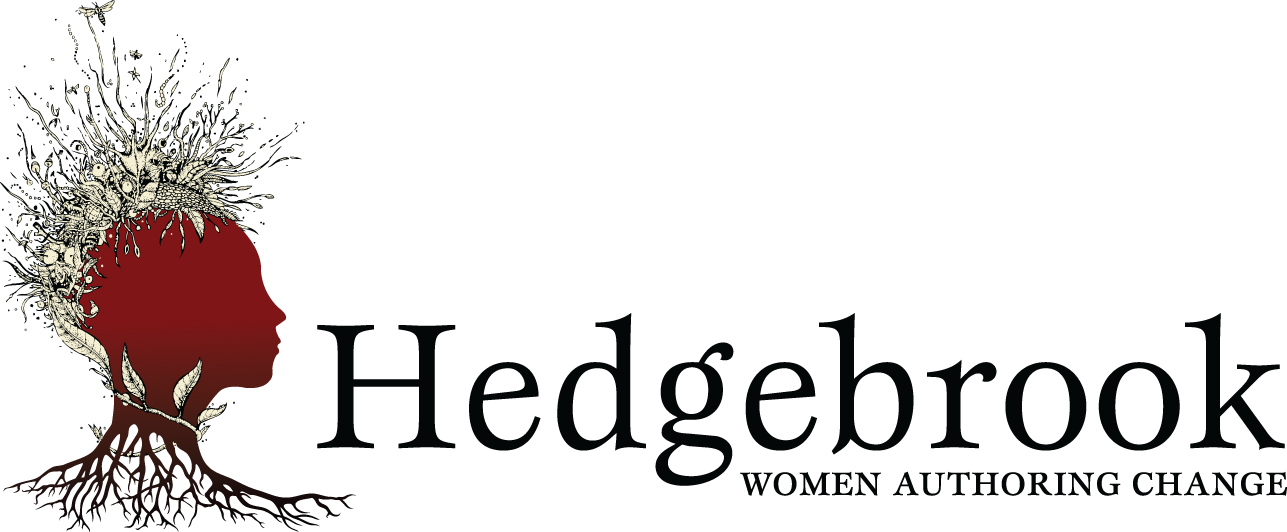Paul Constant and the Seattle Review of Books
This summer, my business partner Martin McClellan and I launched a new website called the Seattle Review of Books. We did this because we believe Seattle is a world-class city of literature, and we believe Seattle is hugely underserved for book reviews, interviews, and news. As soon as Martin and I started dreaming up SRoB, we became more and more excited about our mission—to represent the reading lives of average Seattleites, to create a site that resembles the actual bookshelves of actual people who live in the Northwest.We came up with a ton of ideas for the site immediately, things we’d always wanted to see in book coverage—interviews with authors who recently left town to find out why they didn’t want to make Seattle their home anymore; a monthly Bookstore of the Month feature spotlighting some of the wonderful stores in the region; a hilarious literary advice column written by one of our favorite writers, Cienna Madrid; a weekly poem; and more features we’ll roll out in the coming months. What you see on our homepage right now is startlingly close to the feverish vision that Martin and I shared on that first day.But in that conceptualization meeting, as soon as the first blush of creation passed, Martin and I had the exact same thought at the exact same time: we’re a pair of straight white dudes. Does the world really need another book review site run by guys like us?The day-to-day business of the publishing industry is controlled by women. Statistics confirming this don’t exist, but I can anecdotally tell you that the PR departments, interns, copyeditors, and literary agencies I have encountered in my two decades in the publishing business have almost without exception been majority female. And yet when the quarterly publisher catalogs arrive trumpeting the new fall releases, most of the books are written by men, for a male perspective. Sometimes the author ratio can be as high as 80 percent male to 20 percent female, and the books written by women are almost always covered in pink hearts and purple flowers and marketed exclusively to women, not to a general audience.Why is this? Well, there are a lot of reasons. One of the most obvious truths is that men may be outnumbered in publishing, but they still hold most of the positions of power—the highest-profile publishers, editors, and agents are mostly men. This institutional domination matters, and it trickles down to every aspect of the publishing industry. Book awards are almost always given to men. Time magazine gushed over Jonathan Franzen (and not, say, Chimamanda Ngozi Adichie, or Karen Russell or Hedgebrook alumna Ruth Ozeki) in a cover story labeling him the “Great American Novelist.” Every season a mammoth novel by some young male writer or another is hailed as the next David Foster Wallace. Did Martin and I really want to add another cog in the machine of institutional sexism?We decided to move forward with Seattle Review of Books, but we wanted to bake in transparency about our numbers, to keep our coverage honest. Once a year, we’re going to publish a diversity report, hiring a public editor to count the number of books by women we review, and to tally the gender of our writers, and to publicly account for the diversity of our voices and the voices we choose to spotlight on our site. Without thoughtfulness and intent, it’s easy to revert to the default position of the publishing industry—the straight white male. We believe that Seattle deserves a more diverse representation of writers and books and reviews, and while we understand that we’re not perfect, we want to be able to document our attempts to include every voice, to say “this is where we succeeded this year,” and “this is where we fell short.”On the day the Seattle Review of Books launched, we published a long interview with Seattle-area author Nicola Griffith about some findings she published on her blog. Griffith counted the number of men and women who won high-profile literary awards, and she found that men were vastly overrepresented. She also found that the women who won awards were likely to have won for books with male protagonists.I asked Griffith what every reader and writer could do to battle the systemic sexism of the publishing industry. I’ll close with her words:
I think the only way to combat it is to get every single person to pay attention, to literally count, to show themselves how they’re thinking.
Look at your own bookshelves. Count how many books are A) by women and B) about women. Look at your library. See how many books in prominent places are about women and how many are about men. Look at the new fiction table, how many are about or by women or men. And go on through every level… actually look at your own data and then talk to others about it. I actually think people would be quite surprised at what they read.
About the Author:
 By day, Paul Constant is a fellow at Civic Ventures, a public policy incubator devoted to ideas, policies, and actions that catalyze significant social change. By night, he’s a co-founder of the Seattle Review of Books, a new book news, reviews, and interviews publication examining literature from a Seattle perspective.
By day, Paul Constant is a fellow at Civic Ventures, a public policy incubator devoted to ideas, policies, and actions that catalyze significant social change. By night, he’s a co-founder of the Seattle Review of Books, a new book news, reviews, and interviews publication examining literature from a Seattle perspective.
Support Equal Voice and Women Authoring Change by donating to Hedgebrook today!Hedgebrook supports visionary women writers whose stories and ideas shape our culture now and for generations to come. The opinions expressed here are not necessarily representative of the opinions of Hedgebrook, its staff or board members.
